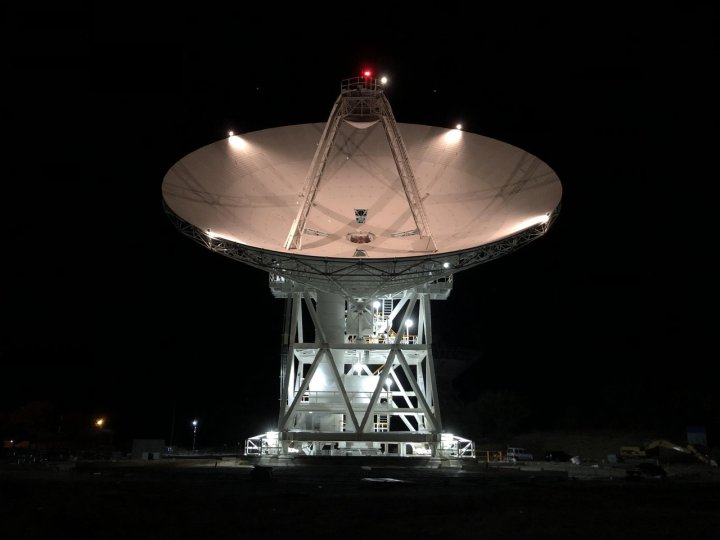
When NASA needs to communicate with its spacecraft which are exploring our solar system and beyond, it sends and receives messages using a network of antennas called the Deep Space Network (DSN). And as craft like the Voyager probes travel deeper into space — as well as more and more missions being launch like the Perseverance rover which is on its way to Mars — the agency needs a more powerful communications network to keep in touch with them all.
Now, the DSN is getting an upgrade, with a new 34-meter-wide dish in Madrid, Spain which has just been added to the network.
Work has been taking place on the new antenna, Deep Space Station 56 (DSN-56), since 2017. Most other antennas in the network are fixed to send and receive in one particular frequency band so they can only talk to certain spacecraft, but DSN-56 is an all-in-one device that can use multiple frequency bands to talk to all the spacecraft currently using the network.
“DSS-56 offers the Deep Space Network additional real-time flexibility and reliability,” said Badri Younes, deputy associate administrator and program manager of NASA’s Space Communications and Navigation (SCaN), in a statement. “This new asset symbolizes and underscores our ongoing support for more than 30 deep space missions who count on our services to enable their success.”
In addition to the location in Spain, there are also DSN stations in Canberra, Australia, and Goldstone, U.S.A. The three different locations around the globe mean that at least one location will always be in view of any space mission, even as the Earth rotates. With the addition of new hardware, the network will be able to handle more bandwidth which is important for future missions that will send back large amounts of data.
Getting the antenna up and running during the pandemic was no easy task, and the engineers also had to contend with an unexpectedly massive snowfall in Spain and a complicated setup and calibration phase. But with all that done, the antenna is now ready to work.
“After the lengthy process of commissioning, the DSN’s most capable 34-meter antenna is now talking with our spacecraft,” said Bradford Arnold, DSN project manager at NASA’s Jet Propulsion Laboratory. “Even though pandemic restrictions and the recent weather conditions in Spain have been significant challenges, the staff in Madrid persevered, and I am proud to welcome DSS-56 to the global DSN family.”



